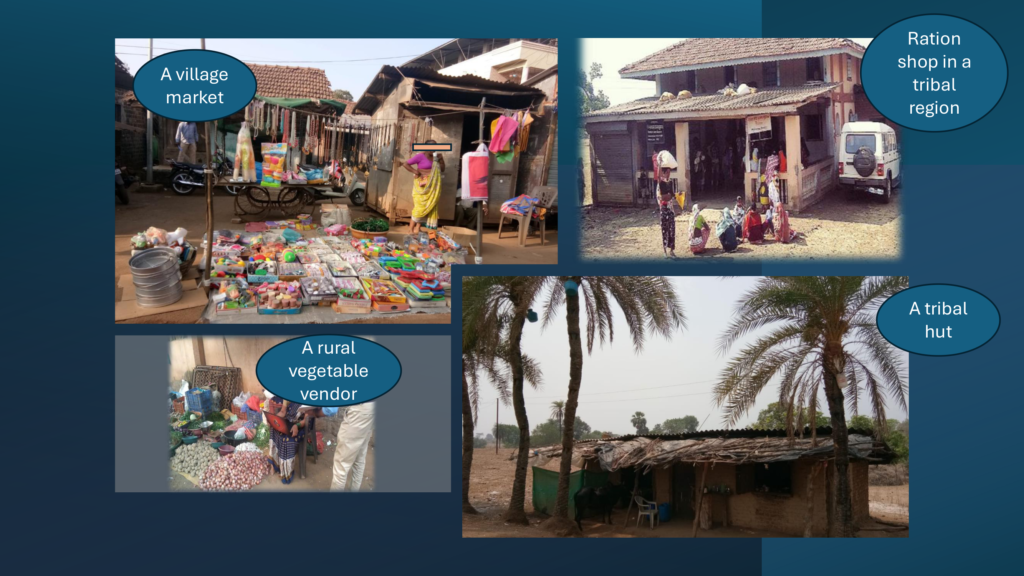City Know-hows

Health has turned into a number one priority in the present city context (e.g. lower emissions, active transportation, sustainable farming). By integrating it with proximity measures (e.g. ’15-minute cities’) we can create even healthier cities. We explore how they do this around the globe.
Share
Target audience
WHO Healthy City networks and urban policy-makers who want to leverage proximity as a tool for healthier and more sustainable cities and urban living.
The problem
Both, the ‘healthy city’ and the ‘proximity city’ offer similar approaches towards creating more citizen-friendly urban environments. Therefore, in the context of increasing urban health concerns, we wanted to see whether these two approaches and their actions can be merged in order to create healthy proximity cities, potentially multiplying the benefits that these approaches deliver.
What we did and why
To achieve this, we established a connection between current proximity cities to see whether they were including the health line and how they were doing it. To achieve it, we studied four different cases of proximity cities in depth to see how they were incorporating urban health policies and their efficiency in meeting healthy proximity indicators.
Our study’s contribution
The set of recommendations resulting from our study aims to facilitate the consensus and, consequently, the implementation of the strategies that are developed in the health and proximity plans. Our results indicate that there are diverse, yet valid, ways of addressing healthy proximity. Opting for a twin and parallel structure, having both health and proximity incorporated as part of the same urban plan, could offer a more solid approach to better and more friendly urban environments.
Impacts for city policy and practice
Specific measures for health are needed in proximity models. Guidelines presented by specific departments or organisations can offer proper support to the main plans and regulations. Although guidelines are useful, clear plans are key to success.
Plans containing health and proximity actions in parallel offer the best approach. If health and proximity must be developed as separate policies, and not a single integrated plan, it is vital to establish clear connections between them. The set of criteria presented in our study can serve as a checklist to ensure ;healthy proximity;.
Further information
Full research article:
Proximity planning for healthier cities: lessons from Barcelona, Bergamo, Ottawa, and Portland by Alba Ramírez Saiz, María Teresa Baquero Larriva, Patxi Lamíquiz Daudén and Ester Higueras García.
Related posts

Overweight and obesity among mothers in the urban setting was twice compared to the rural. The percentage of households with an undernourished child and an overnourished mother was high in urban settings.

Cities can build stronger, healthier, and more resilient communities by tailoring resilience strategies to the unique vulnerabilities and strengths of each neighbourhood. This approach ensures resilience is integrated into both emergency response and the long-term development of urban areas.

Make the neighbourhoods of your city age friendlier by using tools that support more informed decision-making. Are you an urban planner or a policy maker interested in knowing how age-friendly the neighbourhoods of your city are? Would you like to know how to improve them?